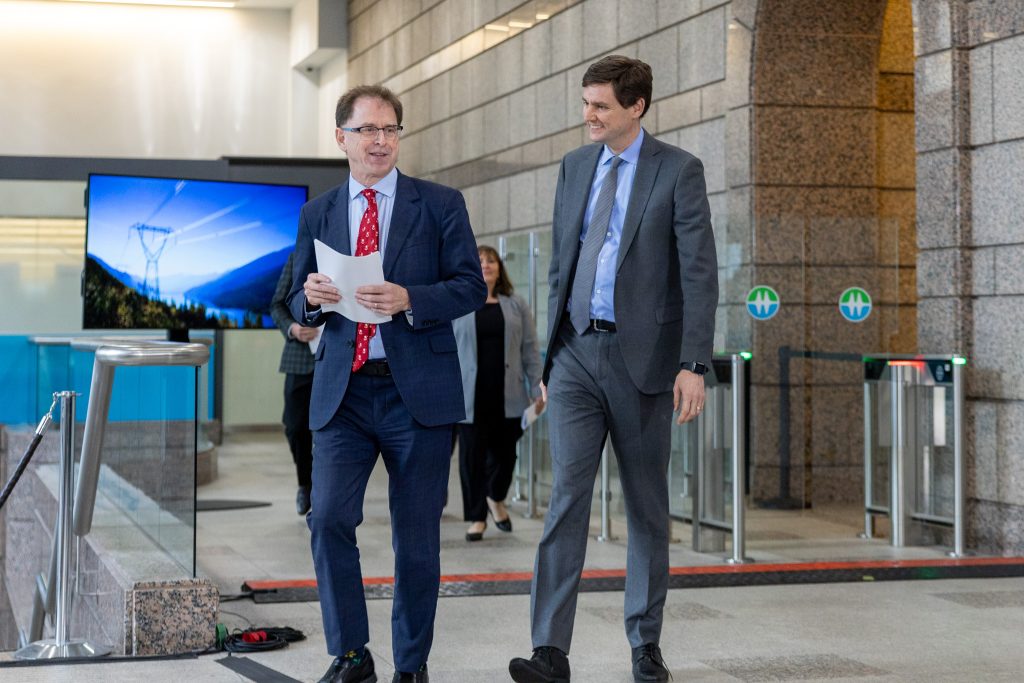It’s no secret that electrifying B.C.’s economy, from homes to heavy industry, will require significantly boosting the amount of power the province produces. Now, documents obtained by The Narwhal under freedom of information legislation reveal just how much electricity emissions-heavy industries like liquefied natural gas (LNG) and mines estimate they need to meet B.C.’s carbon emissions targets.
The documents outline the potential for an unprecedented increase in industrial electricity demand, raising questions about where the power will come from, who will pay for it and how it will impact both taxpayers and electricity rates for consumers.
Ten mining, oil and gas and hydrogen projects were seeking almost 33,000 gigawatt hours of electricity from BC Hydro, according to a briefing note prepared for Premier David Eby in March 2024. That’s more than twice the amount of power BC Hydro sold to all large industrial customers in 2024.
In an interview, Energy Minister Adrian Dix acknowledged B.C. is facing a “massive increase” in demand for electricity from non-industrial sources as well. He framed electrification as both a challenge and an opportunity B.C. is well-poised to seize due to its baseload of hydro power.
“This is a huge opportunity for us, we can’t miss it,” Dix said. “This is one of our economic advantages over other jurisdictions and we have to drive.”


